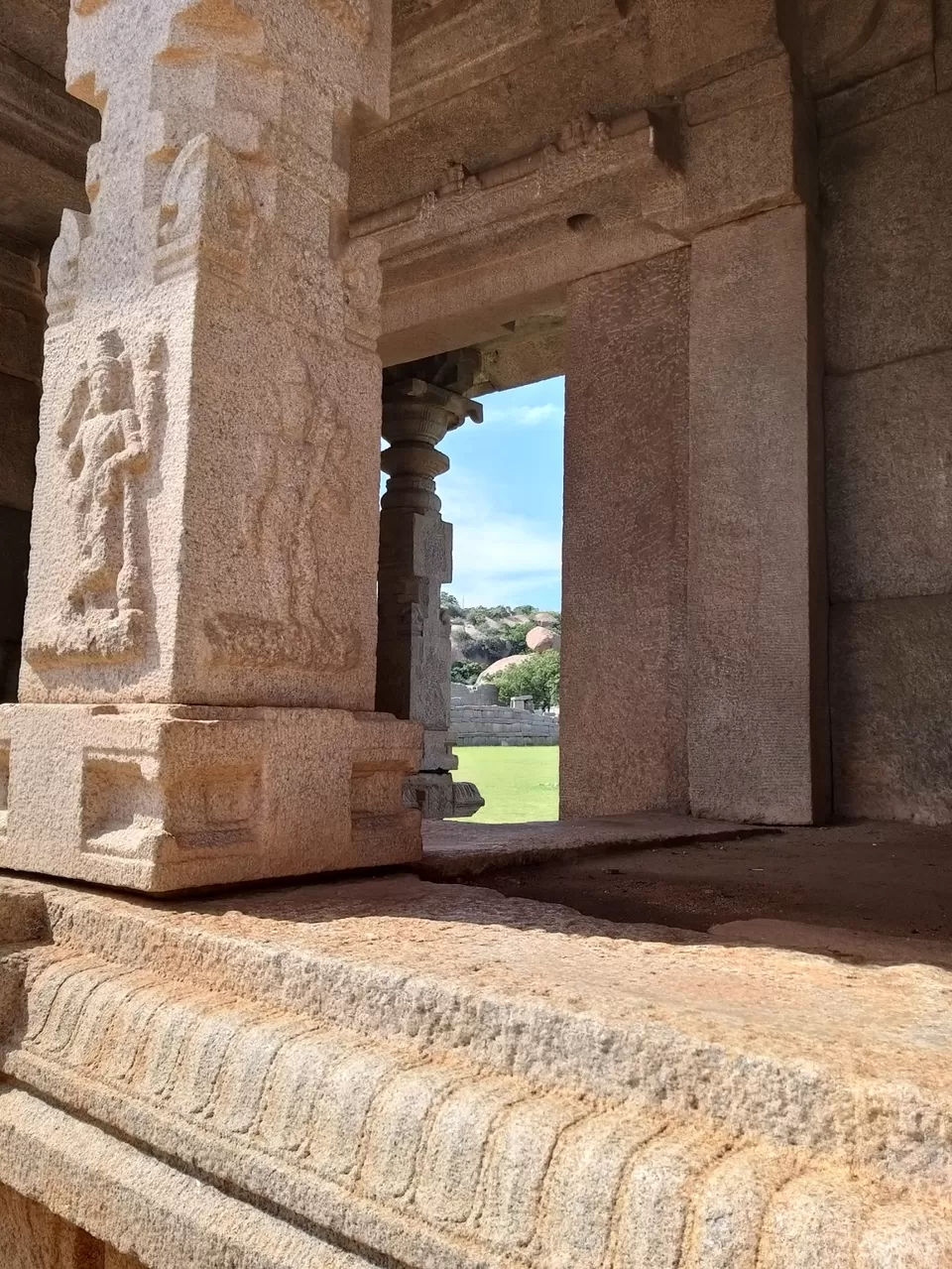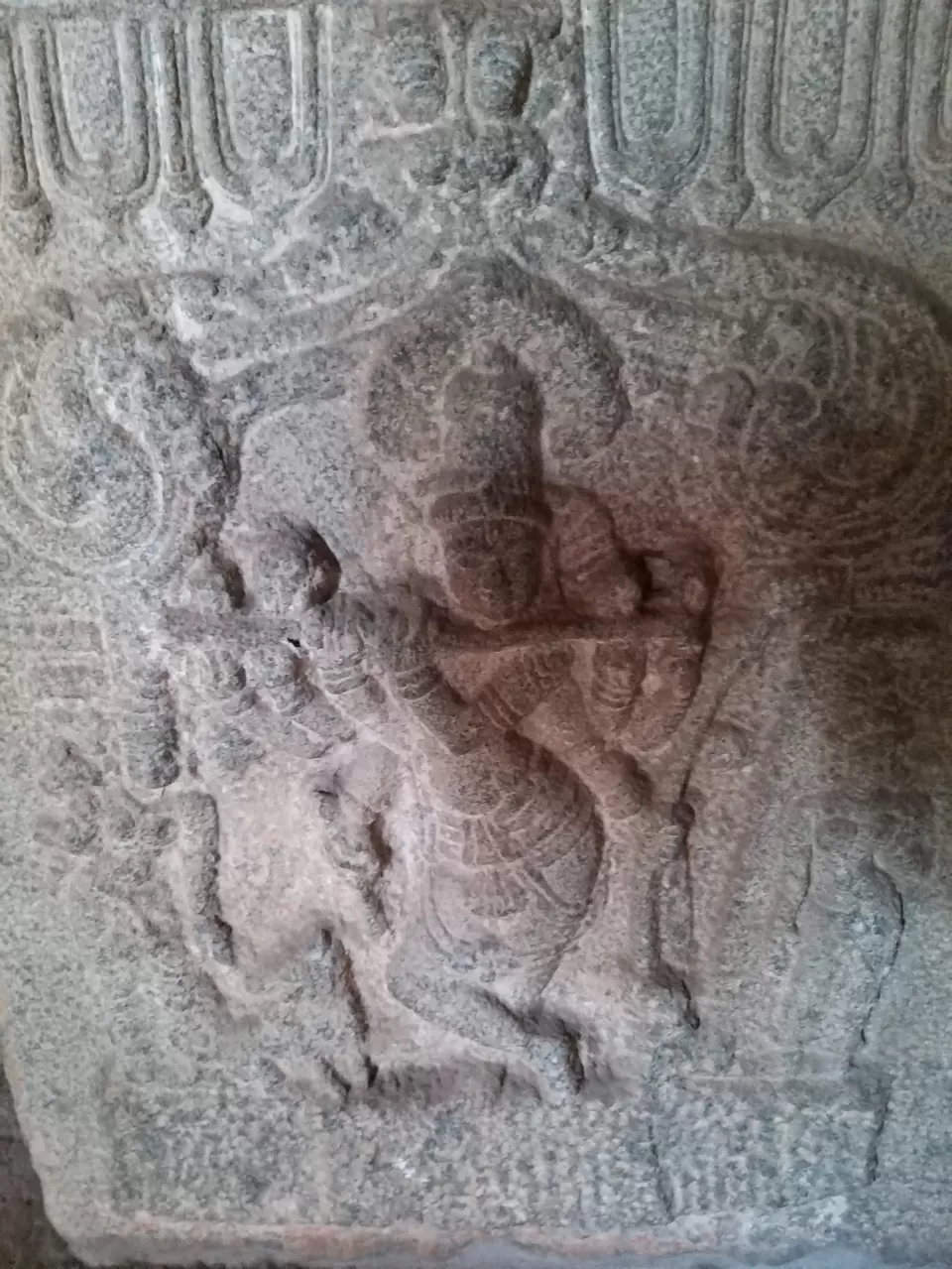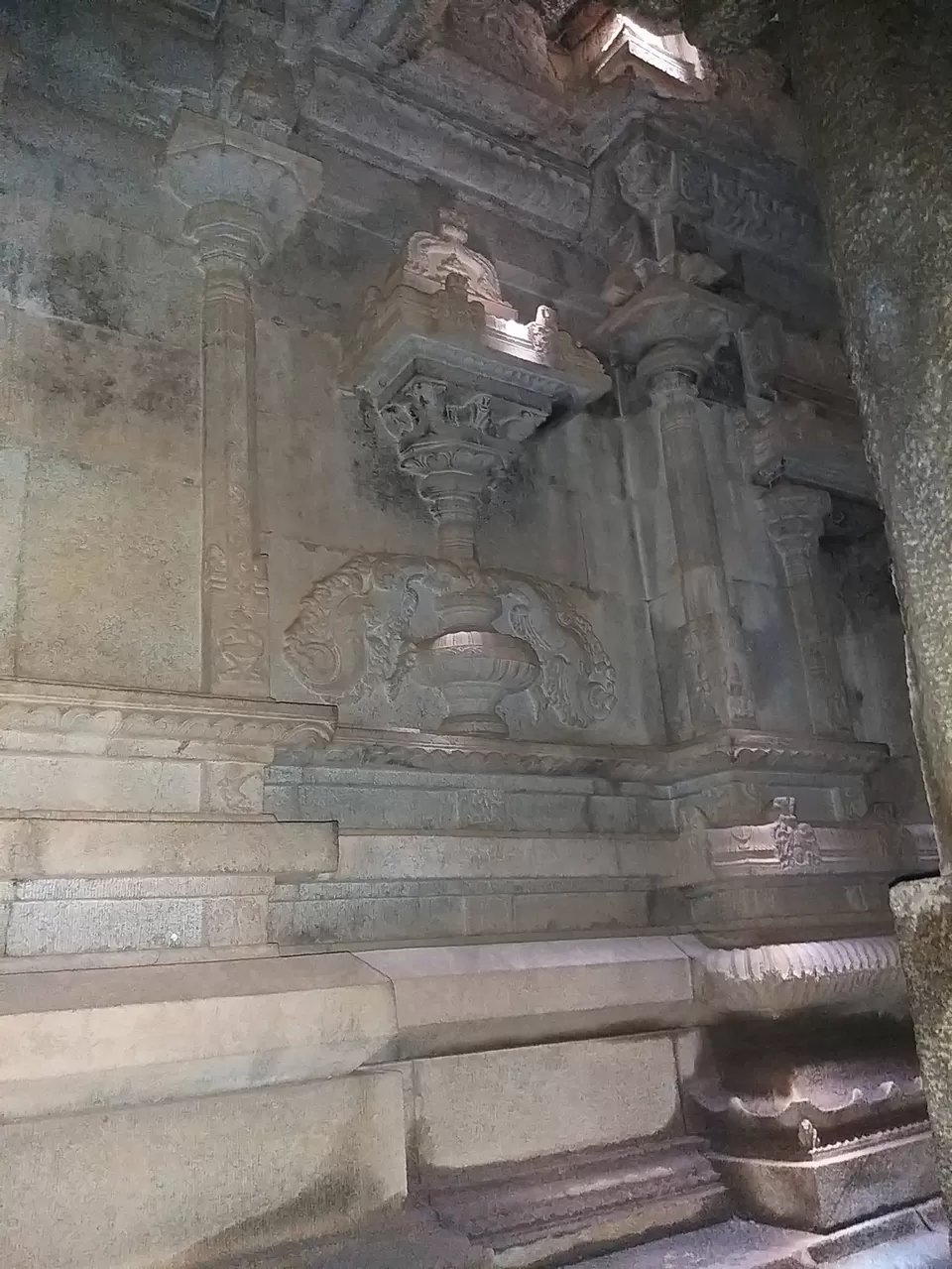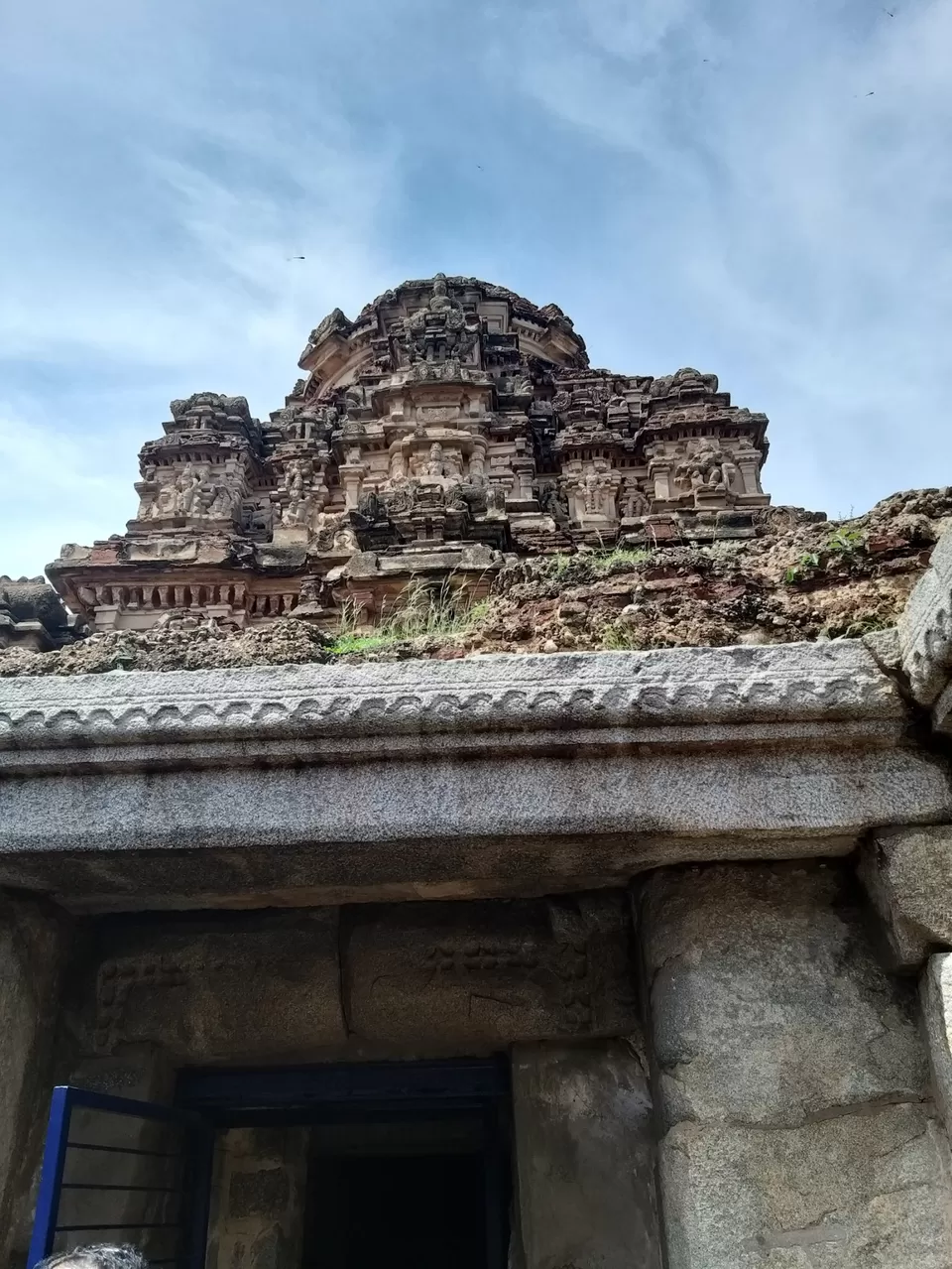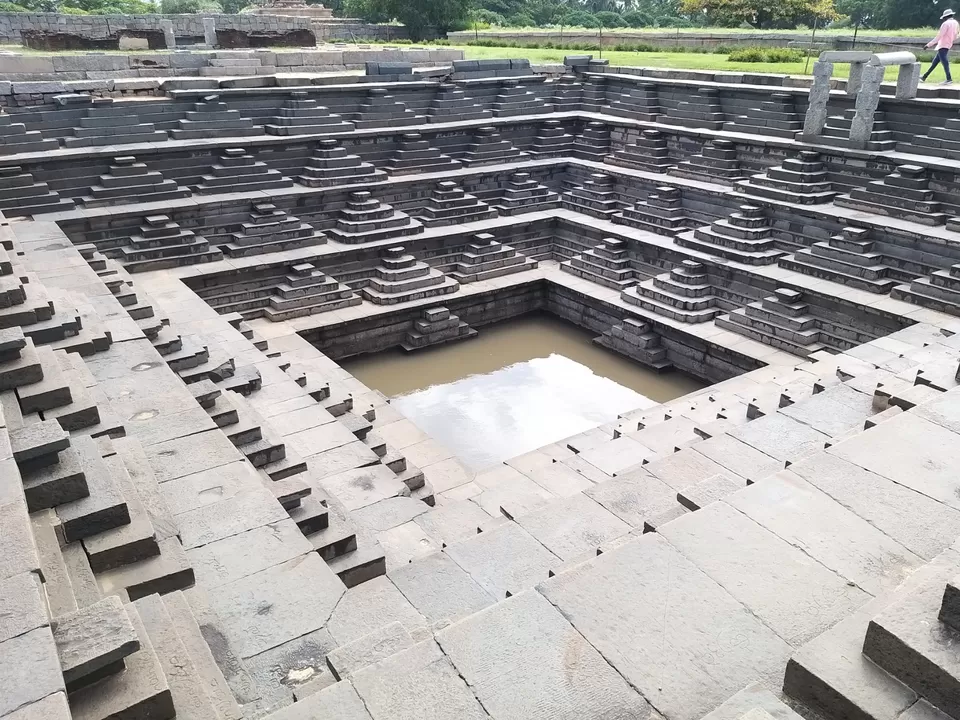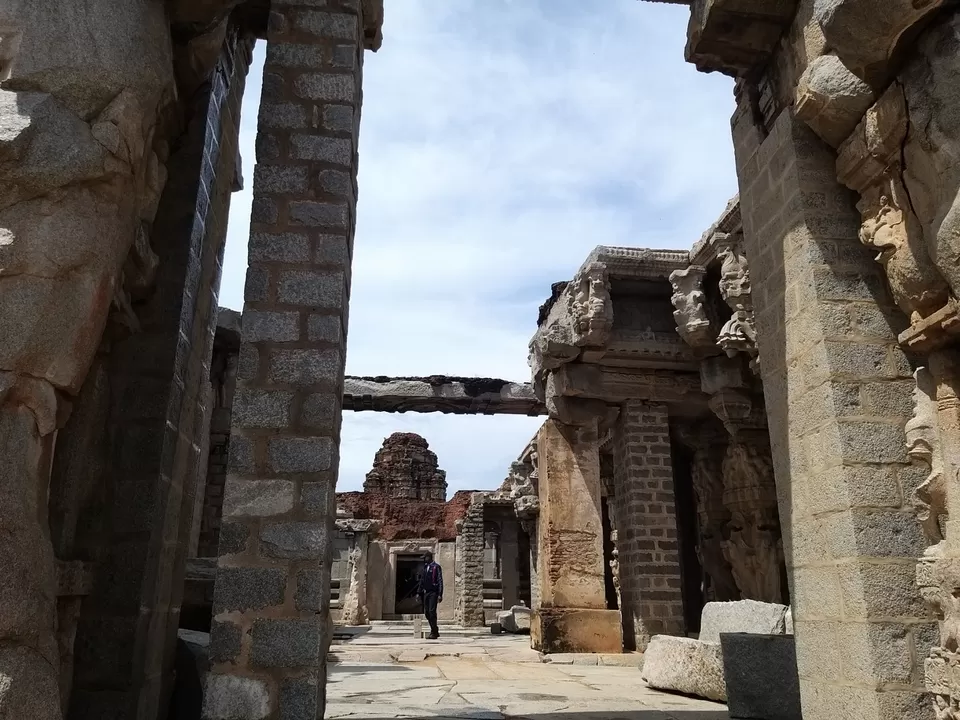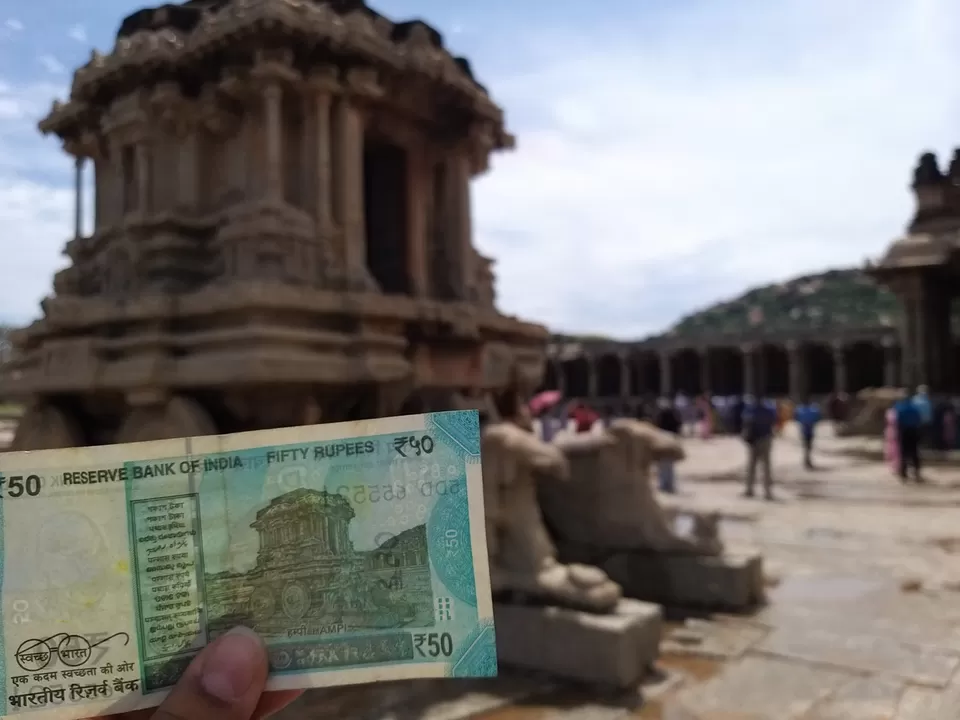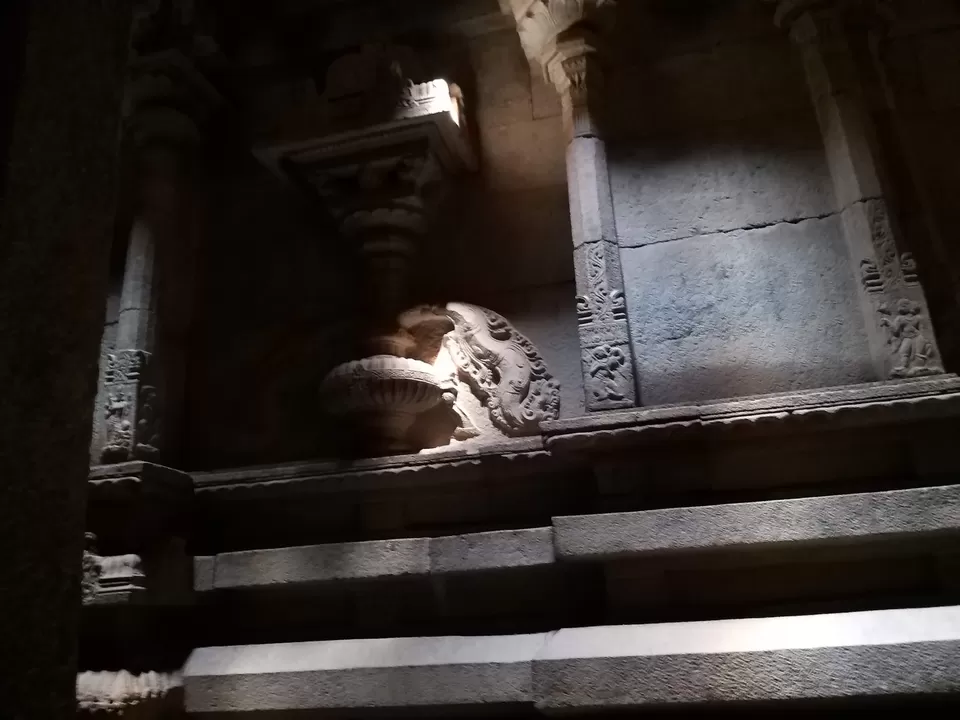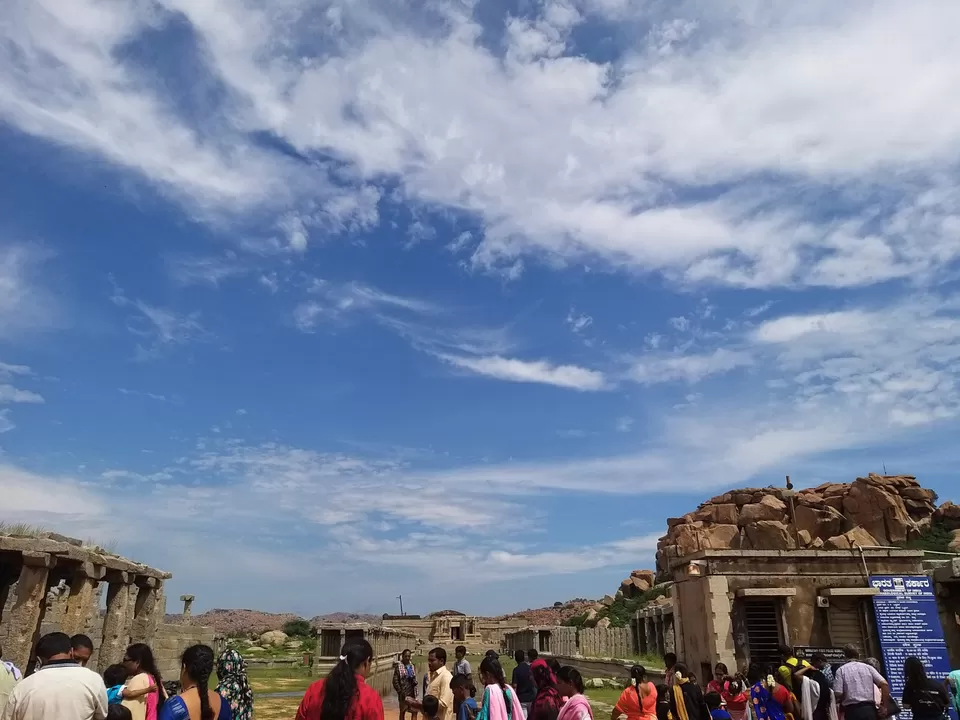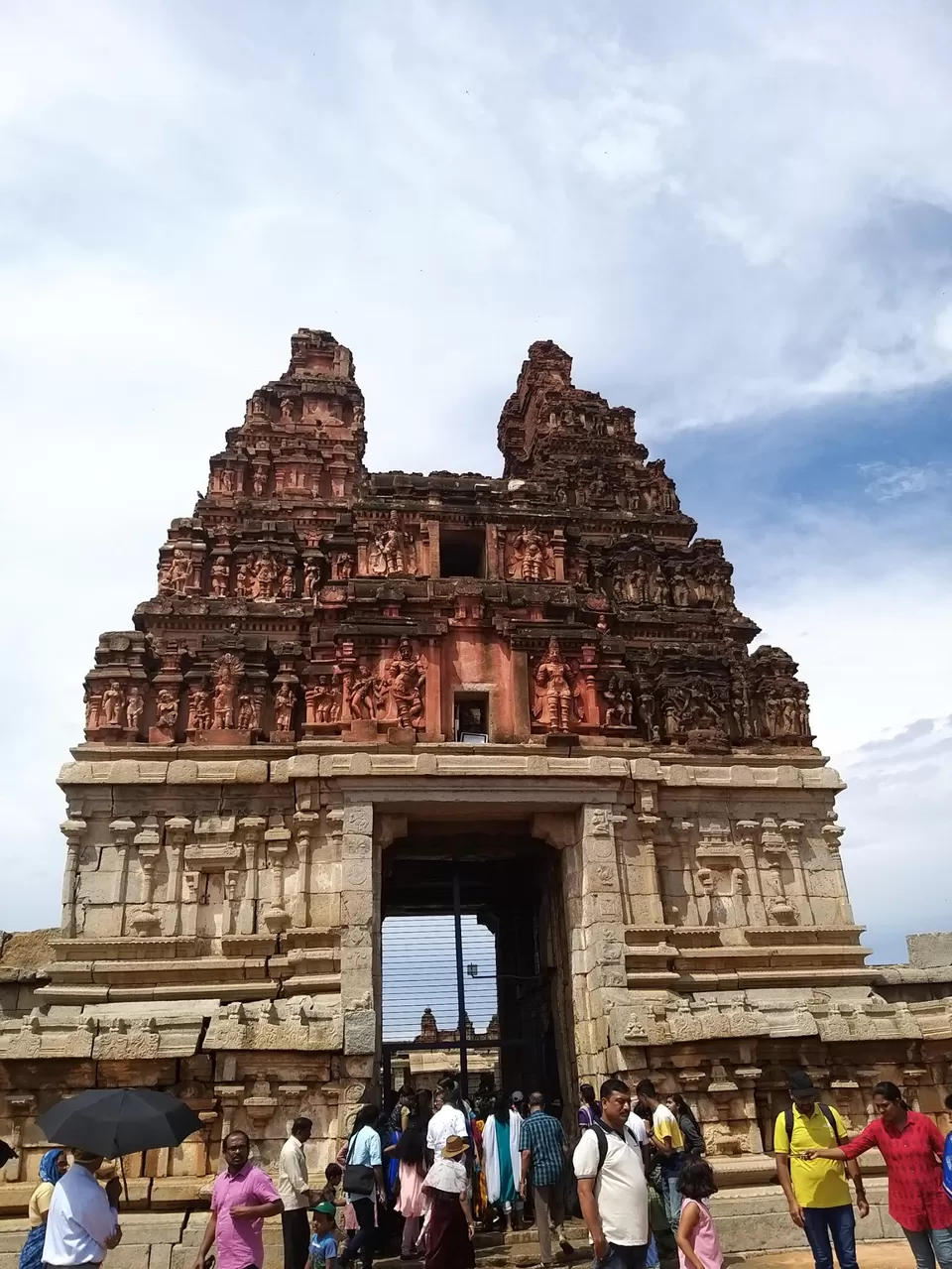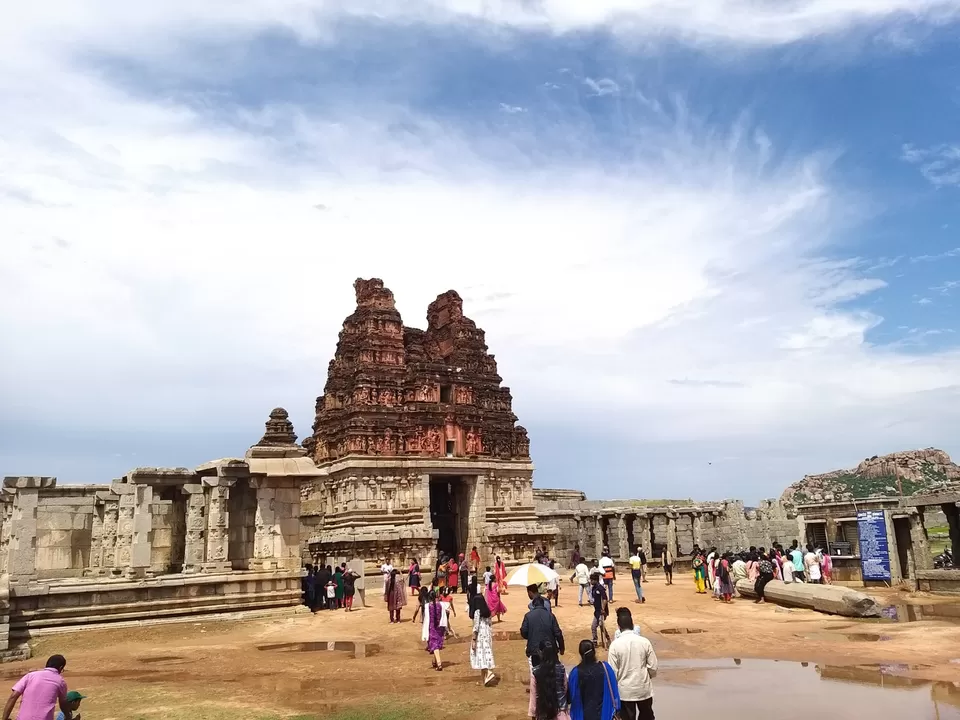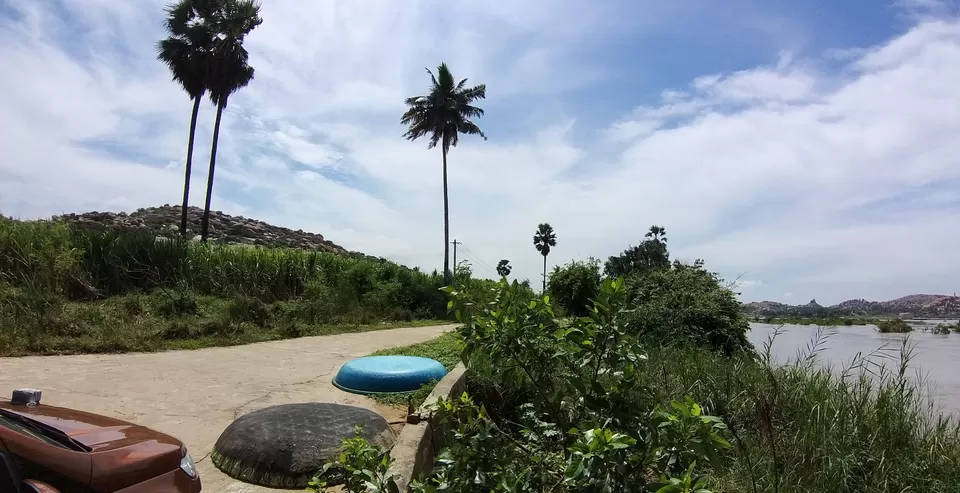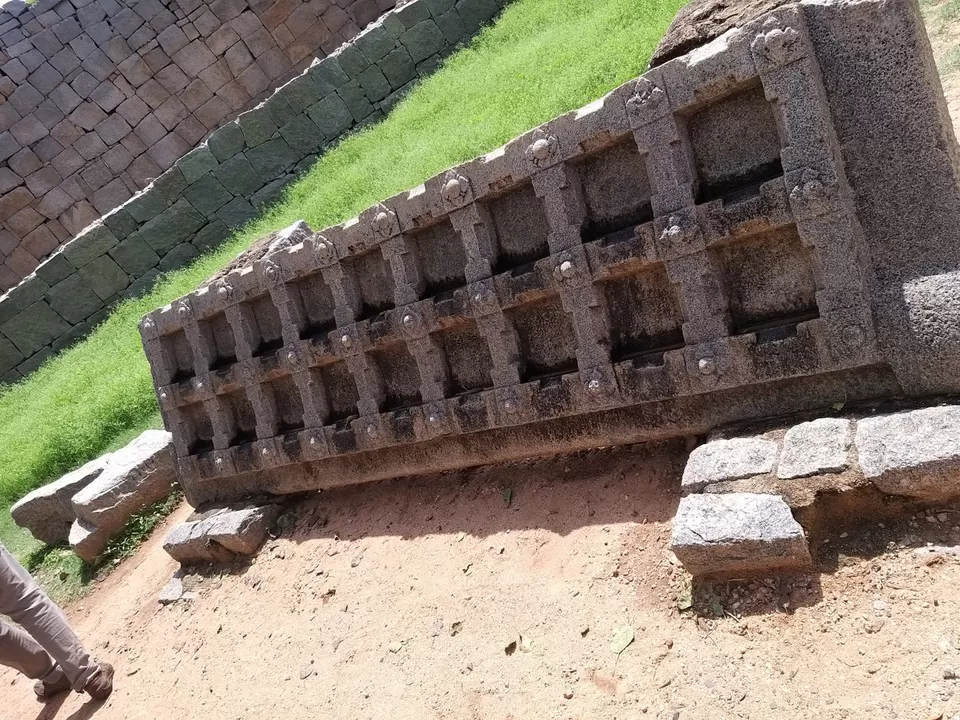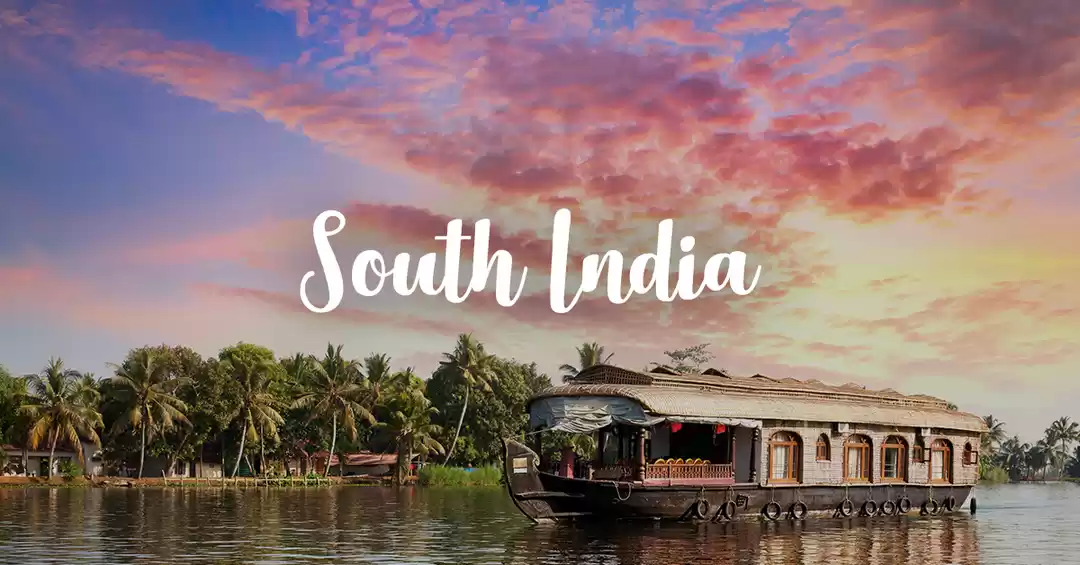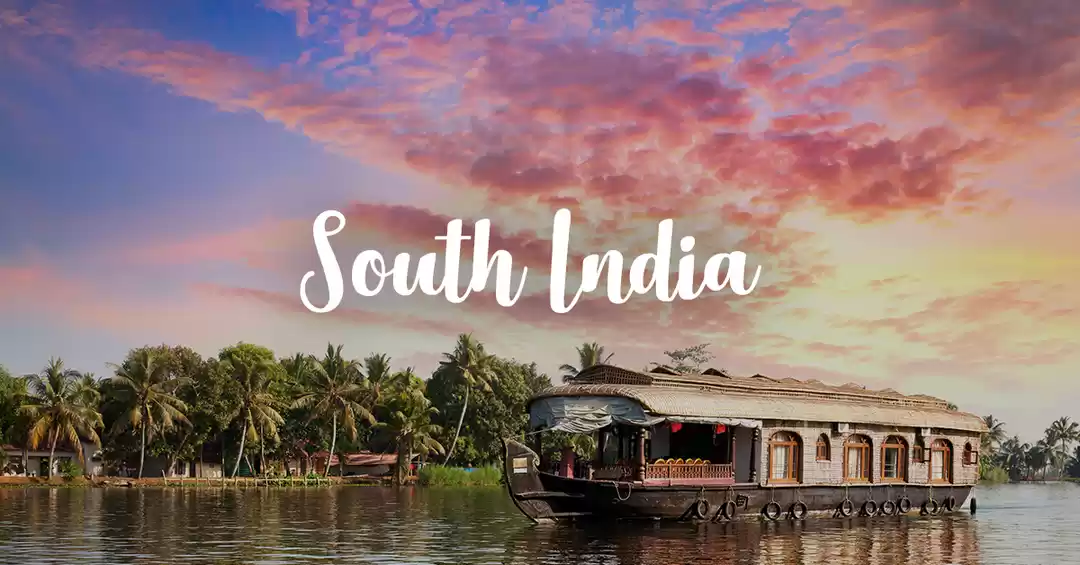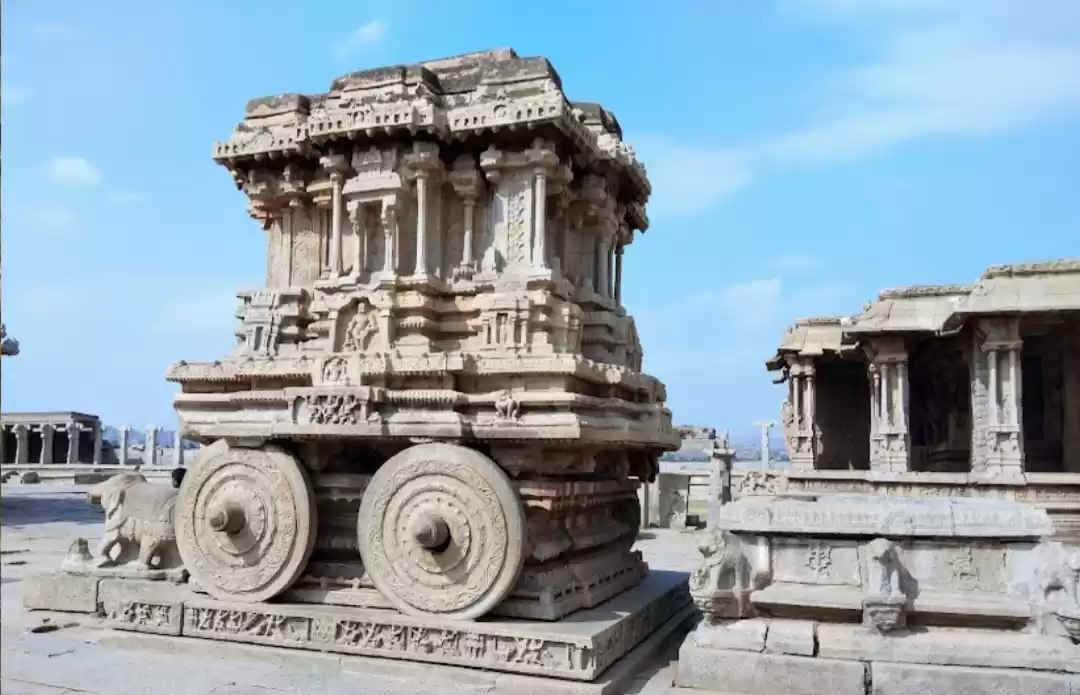
This was a one day trip to Hampi, the city of ruins. UNESCO has designated the Vijayanagara ruins as a World Heritage Site within the Group of Monuments at Hampi.
The village was also known as Pampa - Kshetra or Kishkindha - Kshetra. The name was derived from the old name of the Tungabhadra River which was Pampa, so the name Hampi is the anglicised version of the Kannada name Hampe.
Hampi is famous for its ruins belonging to the erstwhile medieval Hindu kingdom of Vijaynagar and it is declared a World Heritage site. The temples of Hampi, its monolithic sculptures and monuments, attract the traveler because of their excellent workmanship.
This was the iconic Battle of Talikota (a small town in Karnataka now), in which the Sultanates defeated Vijayanagar and killed Aliya Rama Raya. They then plundered and destroyed Hampi to the ruined state in which it lies to this day.
These are some of the places I visited
#1. VIJAY VITTALA TEMPLE
Admire the austere and grandiose World Heritage Site of Group of Monuments at Hampi--the remnants of a vast city of riches, the last capital of the Hindu kingdom. In the 16th century the Deccan Muslim confederacy conquered Hampi, only to abandon it later. Today, tour the city to witness the ornate temples, a royal complex, a bazaar, civic buildings, the Islamic quarter, and other infrastructural ruins that have enthralled travelers for centuries. Bring plenty of water on your excursion.Also find the spiritual heart of the city in the ruins of Vitthala Temple, a well-preserved part of the ancient metropolis in the World Heritage-listed Hampi complex. Believed to date back to the 16th century, the temple honored Vittala, a form of Vishnu. The complex has become famous for its particularly decorative and unusual features, including a stone chariot with rotating wheels (now cemented down to prevent damage) and clusters of pillars designed to make the sound of various musical instruments when struck.
#2. ELEPHANT STABLES
Discover a piece of Indian history at Elephant Stables, part of the World Heritage-listed set of monuments at Hampi. The long, imposing structure dates from the 15th century, built to house the Vijayanagara Empire's royal elephants. Admire the Indo-Islamic architecture, its domed chambers where the elephants were held, and the elaborately detailed decorations that adorn the walls. Step into one of the arched doorways and imagine it in its past glory, when it used to contain the highly revered animals.
#3.DASARA DIBBA
Climb to the top of Dasara Dibba, which resembles a giant three-tiered stage and represents one of the tallest of the World Heritage-listed monuments at Hampi. The empire's rulers used this immense stone platform to view military parades and royal processions held during important festivals. The 12 m (40 ft) tall structure features carved details across all three tiers, as well as two stairways embellished with images of soldiers, horses, and elephants used in military campaigns and formal processions. Use the stairways to access the top of the platform, and take in sweeping views of the surrounding complex and its many impressive buildings.
#4. LOTUS MAHAL
Witness the charming, World Heritage-listed architecture of the only building to remain untouched during the siege of Hampi, Lotus Mahal. The structure represents a mix of Hindu and Islamic architecture, designed in the shape of a half-open lotus bud. Pyramidal towers give the building a lotus-like shape, while arches that hold up the structure represent the flower's petals. A close look at the pillars reveals exquisite carvings of birds and other artworks. During ancient times, the palace probably served as a place of relaxation for women.
#5. VIRUPAKSHA TEMPLE
Believed to functioning uninterruptedly ever since its inception in the 7th century AD, Virupaksha temple is the oldest and the principal temple in Hampi. This is easily one of the oldest functioning temple in India as well..
This temple is located on the south bank of the river Tungabadra, just next to where the local bus drops you. This area in general has been an important pilgrimage centre for the worshipers of lord Shiva. Virupaksha temple is equally sort after by the tourists and pilgrims. The annual festivals attract huge crowds of both the types.
The very origin of Hampis history as a sacred place revolves around the myths associated with this temple. It believed that this temple has been functioning uninterruptedly ever since its inception in the 7th century AD.That makes this one of the oldest functioning temples in India.
#6.HAMPI BAZAAR
Hampi Bazaar is located beside the Hampi Bus Stand and located in front of the Virupaksha temple. It is also known as Virupaksha Bazaar. About a kilometer long, the eastern side of the bazaar ends at the foothill of Matanga Hill.
Hampi Bazaar is a unique attraction of Hampi. Both sides of the street have a series of very old pavilions, some single storied and others two storied. These buildings were once the part of a booming market and houses of the upper class merchants. The arcades are open structures with no doors. It was once a place where merchants used to sell precious stones, jewellery, silk clothes, etc. during Vijayanagara rule. It was also a market where cows and horses were traded. The Hampi Bazaar still functions as a market place, though it is no longer as attractive as it was. The western end of the street has been encroached by a number of shop owners and small restaurants. These shops that sell items like ethnic clothes, bags and pooja artifacts.
#7.UGRA NARASHIMA STATUE
At a distance of 800 m from Hampi Bus Stand, Ugra Narasimha Temple is located south of Sri Krishna Temple in Hampi. The Lakshmi Narasimha statue is one of the most imposing sculptures found in Hampi.
The specialty of the sculpture is that it is the largest monolith statue in Hampi with a height of 6.7 m. It was carved in 1528 AD during the rule of Krishnadevaraya. The protruding eyes and the facial expression are the basis for this name. This is considered to be among the most important monuments found in Hampi and is visited by a large number of people throughout the year.
Lord Narasimha is sitting on the coil of a giant seven-headed Adisesha (guardian snake of Lord Vishnu) and the lions guard the sides of the idol. The heads of the snake act as the hood above his head. The Lord in this temple is in cross-legged yoga position with the belt supporting the knees. The original statue contained the image of goddess Lakshmi
#8. HAZARARAMA TEMPLE
At a distance of 3 km from Hampi Bus Stand, Hazara Rama Temple is a beautiful temple located at the center of Royal Enclosure. The temple is dedicated to Lord Rama.
Hazara Rama Temple was built in the early part of the 15th century by Devaraya II. The term Hazara Rama literally means a thousand Rama and refers to the large number of Ramayana panels depicted on the walls. This temple is believed to be the private temple of the kings and the royal family of Vijayanagara..
It was originally built as a simple structure within a rectangular complex. It consisted of only a sanctum, a pillared hall and an ardha-mandapa. Later the temple structure was renovated to add an open porch and beautiful pillars. The pillared hall has unique black stone pillars which are raised on a stone platform at the center of the hall. The interior of the temple has richly ornately columns. An empty pedestal with three holes signifies that the temple once had idols of Rama, Lakshmana and Sita.
#9. ZENANA ENCLOSURE
At a distance of 500 m from Hazara Rama Temple, 3.5 km from Hampi Bus Stand and 2 km from Kamalapur Bus Stand, The Zenana enclosure is located near the Royal Enclosure at Hampi. This was a fortified and secluded area reserved for the royal ladies of the Vijayanagara Empire.
The structures of the Zenana Enclosure are designed in the Indo-Islamic style of architecture. Zenana Enclosure has several structures such as the Lotus Mahal, Basement of the Queen's Palace, Water Pavilion, Treasury Building and the Watch Towers. The major attraction inside the enclosure is the Lotus Mahal. Apart from this, there are remains of water pavilion with a decorated platform in the center and Elephant Stables. The Queen's Palace is located at the middle of this area. This is the largest palace base excavated in the Hampi ruins so far. The Royal Treasury Building is a rectangular structure that is located in the north-western corner of the enclosure.
#10.ROYAL ENCLOSURE
This was the place where the royal family of the Vijayanagara Empire used to reside and the durbar used to be performed. Spread over an area of 59,000 square meters, it is believed to have once housed over 45 buildings, all used by the royal family. This center was separated from the main Hampi center by an irrigation canal. The sprawling area was protected by double walls. It had three entrances, two on the northern side and one on the western side.
The Royal Enclosure contains the ruins of several palace bases, water tanks, temples, ornate platform and canals and many other structures. Unlike the temples, which were constructed with stone, many of the palaces were built out of wood.
#11. SASIVEKALU GANESHA
Featuring one of the largest statues within the World Heritage-listed Hampi complex of monuments, Sasivekalu Ganesha Temple consists of plain pillars enclosing a 2.5 m (8 ft) tall sculpture of Ganesha in a seated half-lotus position. In this representation, the deity possesses four arms and a giant belly, the result of his insatiable love of food. Hindu mythology claims Ganesha once enjoyed such a heavy meal, he had to tie a snake around his inflated stomach to keep it from bursting--hence the carved serpent encircling the statue's belly.
#12. KADLEKALU GANESHA
Kadalekalu Ganesha is one of the largest statues of Lord Ganesha that exists in the southern part of India. The shrine housing the statue of Kadalekalu Ganesha is situated on the slope of the Hemakuta Hill in Hampi. It is a remarkable monolithic statue and one of the most popular tourist sites in Hampi.
WHEŔE TO STAY?
You'll find a number of simple guesthouses and homestays located in Hampi itself, primarily in the Hampi Bazaar district. North and south of the river, they offer comfortable rooms in modest former residential buildings. Further afield, a selection of more upmarket resorts and hotels sit on the banks of the river and the nearby lake to the northwest. Many visitors choose to stay in Hosapete, to the southwest, or the small town of Kamalapur, located just south of Hampi. Both offer a greater range of accommodations than Hampi, including hotels, resorts, and hostels.
So, these are some of the places I visited in a day, it was damm adventurous and thrilling. I was completely engaged with the local culture and also I got new experiences which made me realize my capabilities. You, the reader of you find this article helpful please do mention in the comments section below and also any suggestions are also welcome.
I'll write more of my blogs so, till then keep traveling





